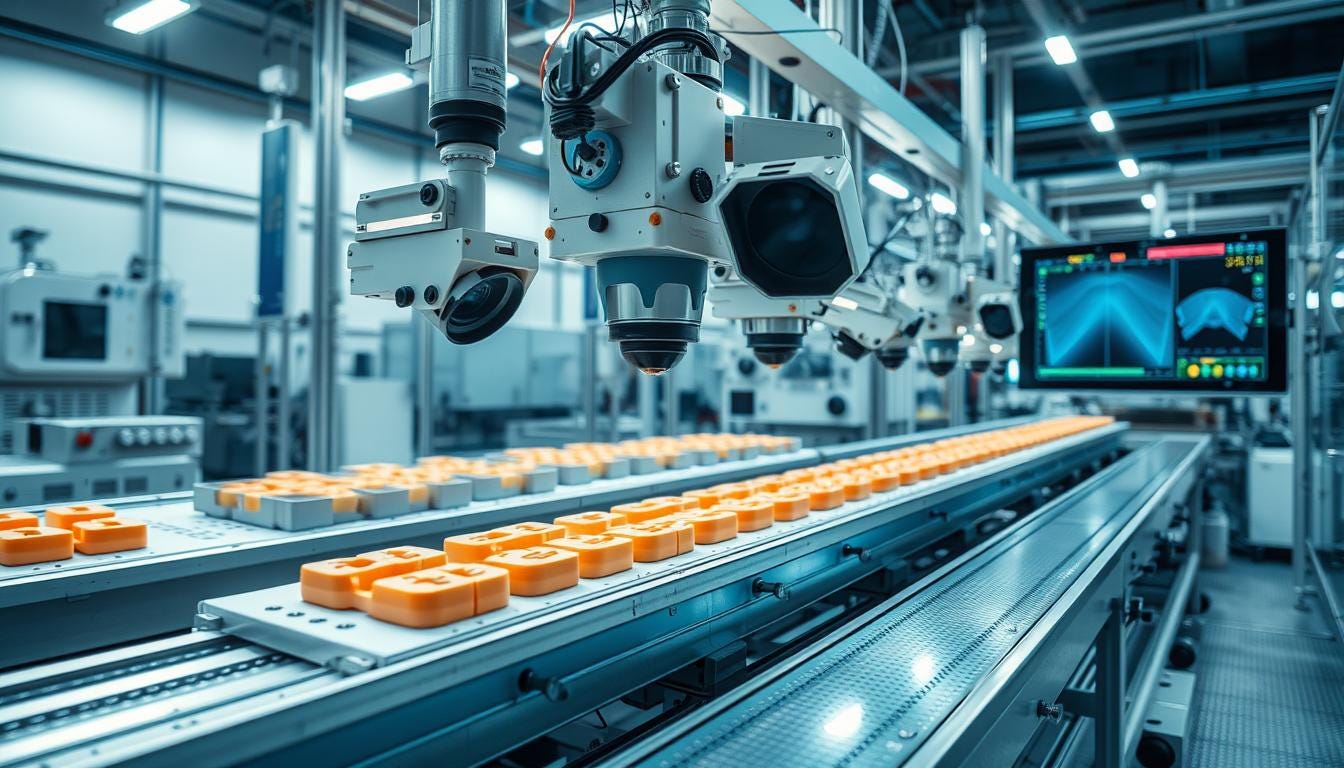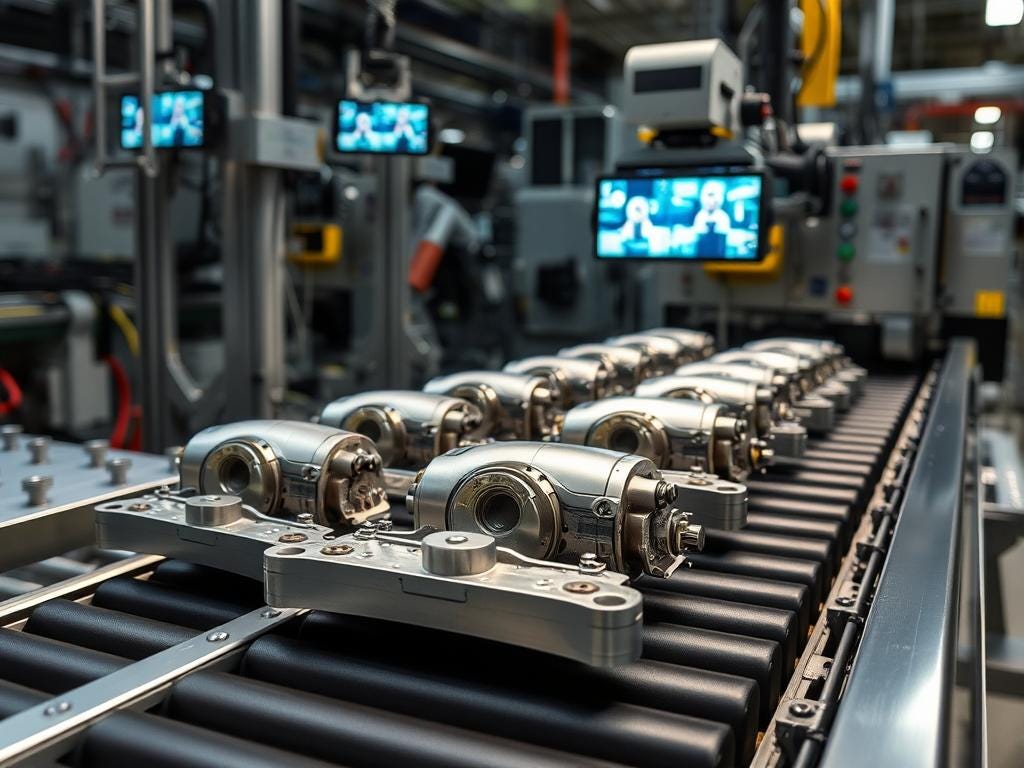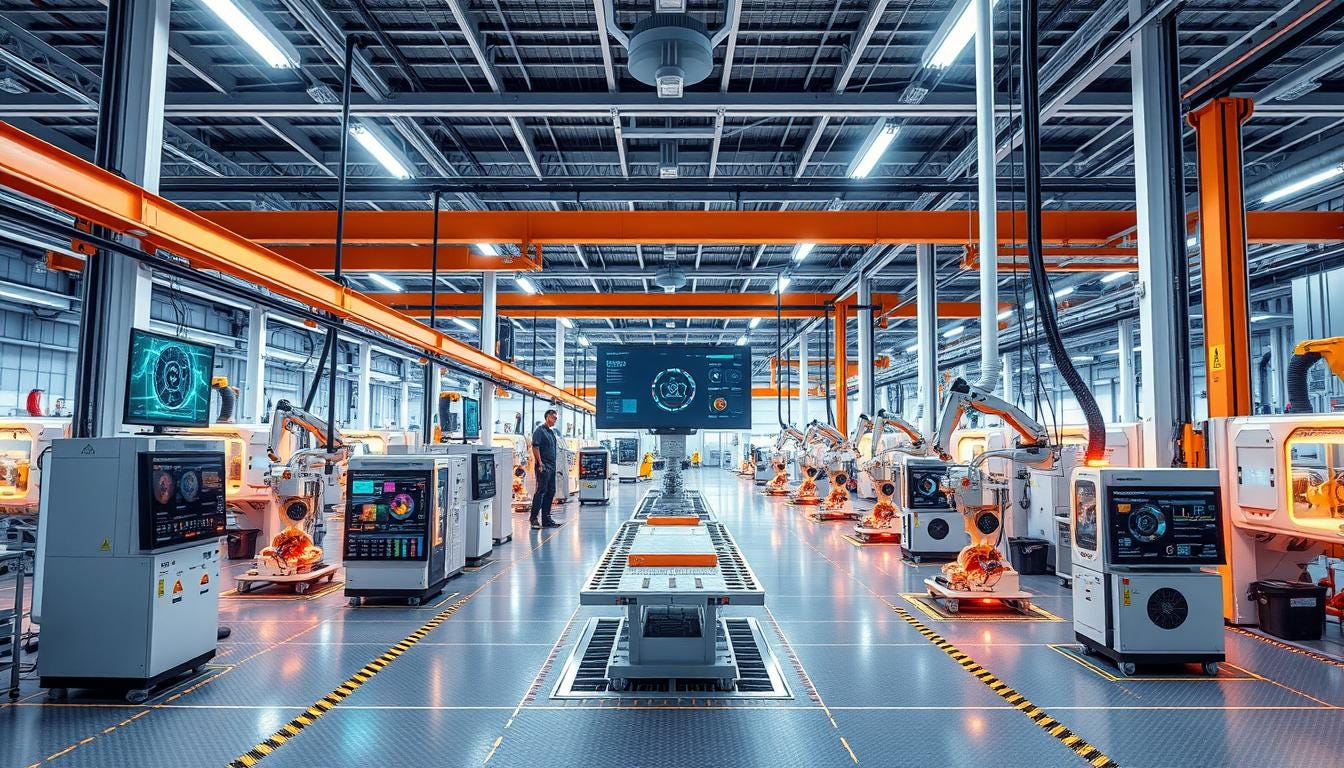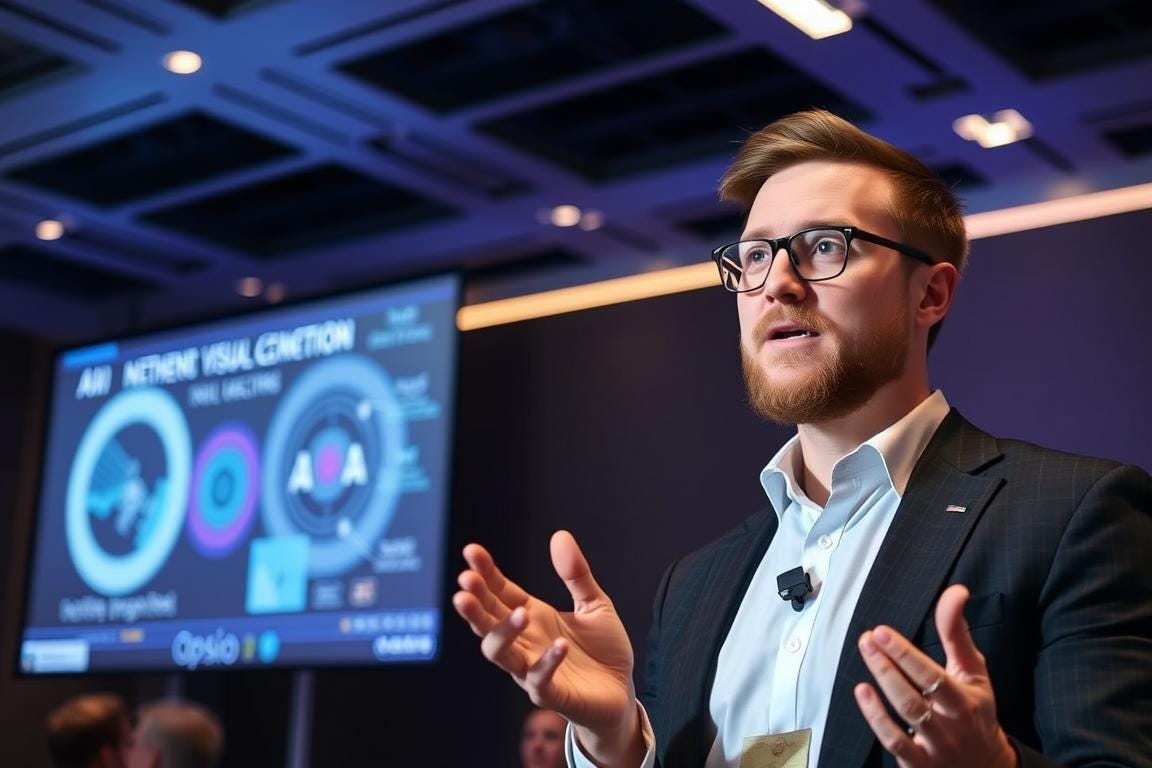How Opsio Transforms Quality Control with Automated Visual Inspection
Insights from Jacob Stålbro, Head of Innovation
In today's manufacturing landscape, the margin for error continues to shrink while production demands grow. Traditional quality control methods are increasingly unable to keep pace with these evolving requirements. Artificial intelligence has emerged as a game-changing solution, particularly in the realm of visual inspection. Opsio stands at the forefront of this revolution, developing Automated Visual Inspection (AVI) systems that are transforming how manufacturers approach quality assurance.
The Limitations of Traditional Visual Inspection
Before diving into Opsio's innovative approach, it's important to understand why traditional inspection methods are falling short. Jacob Stålbro, Head of Innovation at Opsio, explains the fundamental challenges that manufacturers face today.
"Human inspectors, no matter how well-trained, face inevitable limitations. Fatigue sets in after hours of repetitive inspection, concentration wavers, and consistency becomes nearly impossible to maintain across shifts and different inspectors," explains Stålbro. "Even in optimal conditions, the human eye can only detect certain types of defects, and the speed of manual inspection creates a production bottleneck that many manufacturers can no longer afford."
Jacob Stålbro, Head of Innovation at Opsio
These limitations translate directly to business challenges: increased defect escape rates, higher production costs, and potential damage to brand reputation when defective products reach customers. In industries where precision is paramount—automotive, electronics, pharmaceuticals, and medical devices—these risks are simply unacceptable.
How Opsio's Automated Visual Inspection Works
Opsio's approach to automated visual inspection combines advanced hardware with sophisticated AI algorithms. Stålbro breaks down the system in accessible terms:
The Eyes of the System
"Think of our system as having superhuman eyes," says Stålbro. "We use high-resolution industrial cameras that can capture details invisible to the human eye. These cameras don't blink, don't get tired, and can operate in lighting conditions specifically optimized for detecting particular defects."
These specialized cameras capture thousands of images per minute, examining products from multiple angles to ensure complete coverage. The system can detect defects as small as 0.1mm—about the width of a human hair.
The Brain Behind the Vision
"The real magic happens in the AI processing," Stålbro continues. "Our deep learning algorithms have been trained on millions of images of both defective and non-defective products. This allows the system to distinguish between actual defects and acceptable variations in appearance."
Unlike rule-based systems that must be precisely programmed for each potential defect type, Opsio's machine learning approach allows the system to continuously improve its detection capabilities over time.
Measurable Benefits: The ROI of Automated Visual Inspection
The business case for implementing Opsio's AVI system is compelling. Stålbro shares concrete examples of the return on investment their clients have experienced:
Defect Reduction
"One of our automotive components clients reduced their defect escape rate by 93% within three months of implementation," notes Stålbro. "This translated to virtually eliminating customer complaints related to visual defects and significantly reducing warranty claims."
Cost Savings
"The direct labor savings are substantial—typically 60-70% reduction in quality control staffing costs. But the indirect savings are even more significant. By catching defects earlier in the production process, manufacturers avoid the exponential cost increase of fixing problems downstream or in the field."
Increased Throughput
"Our systems operate at speeds up to 10 times faster than manual inspection. For one electronics manufacturer, this increased their production capacity by 35% without adding any additional production equipment—just by removing the inspection bottleneck."
Case Study: Transforming Quality Control in Automotive Manufacturing
A leading automotive parts manufacturer was struggling with inconsistent quality in their precision-machined components. Manual inspection was missing subtle surface defects that later caused assembly issues and warranty claims.
The Challenge
"The client was experiencing a 2.3% defect escape rate, which doesn't sound high until you consider they were producing 50,000 units daily," explains Stålbro. "That meant over 1,000 potentially defective parts were shipping every day, creating significant downstream issues."
Manual inspection was inconsistent, with different inspectors having different interpretations of what constituted a defect. The process was also creating a bottleneck in production.
The Solution
Opsio implemented a custom AVI system with specialized lighting to highlight surface imperfections and deep learning algorithms trained specifically on the client's components.
"We integrated the system directly into their production line, creating a seamless inspection process that required no additional handling of parts," says Stålbro. "The system provided real-time feedback to upstream processes, allowing for immediate corrective actions when defect patterns emerged."
The Results
99.8% - Defect detection accuracy, reducing escape rate to just 0.1%
40%- Reduction in overall quality control costs
28% - Increase in production throughput
"The ROI was achieved in just 4.5 months, much faster than the 12 months we had initially projected. More importantly, the client's reputation for quality has been strengthened, leading to new business opportunities."
Jacob Stålbro, Head of Innovation at Opsio
The Future of AI-Driven Quality Assurance: 2025-2030
Looking ahead, Stålbro sees several key developments that will further transform quality control in manufacturing:
Predictive Quality
"By 2025, we'll see widespread adoption of predictive quality systems that can identify potential defects before they occur," predicts Stålbro. "By analyzing patterns in production data, these systems will alert operators to adjust parameters before quality issues arise."
Self-Optimizing Systems
"The next generation of AVI systems will automatically optimize inspection parameters based on changing production conditions. If lighting changes or new materials are introduced, the system will adapt without human intervention."
End-to-End Integration
"By 2030, quality control will be fully integrated across the entire supply chain. AVI systems will communicate with suppliers' systems to prevent defective materials from entering production in the first place."
"The manufacturers who embrace these technologies early will gain a significant competitive advantage. Not just in terms of quality and cost, but in their ability to bring new products to market faster and with greater confidence."
Jacob Stålbro, Head of Innovation at Opsio
Conclusion: The Competitive Advantage of Advanced Quality Control
As manufacturing continues to evolve in an increasingly competitive global market, quality control has transformed from a necessary cost center to a strategic advantage. Opsio's Automated Visual Inspection systems represent the cutting edge of this transformation, combining the latest in AI, computer vision, and machine learning to deliver unprecedented levels of quality assurance.
The manufacturers who embrace these technologies now will not only reduce costs and improve quality in the short term but will position themselves for success in the increasingly automated future of manufacturing. As Jacob Stålbro puts it, "Quality is no longer just about avoiding defects—it's about creating a competitive advantage through technological excellence."





